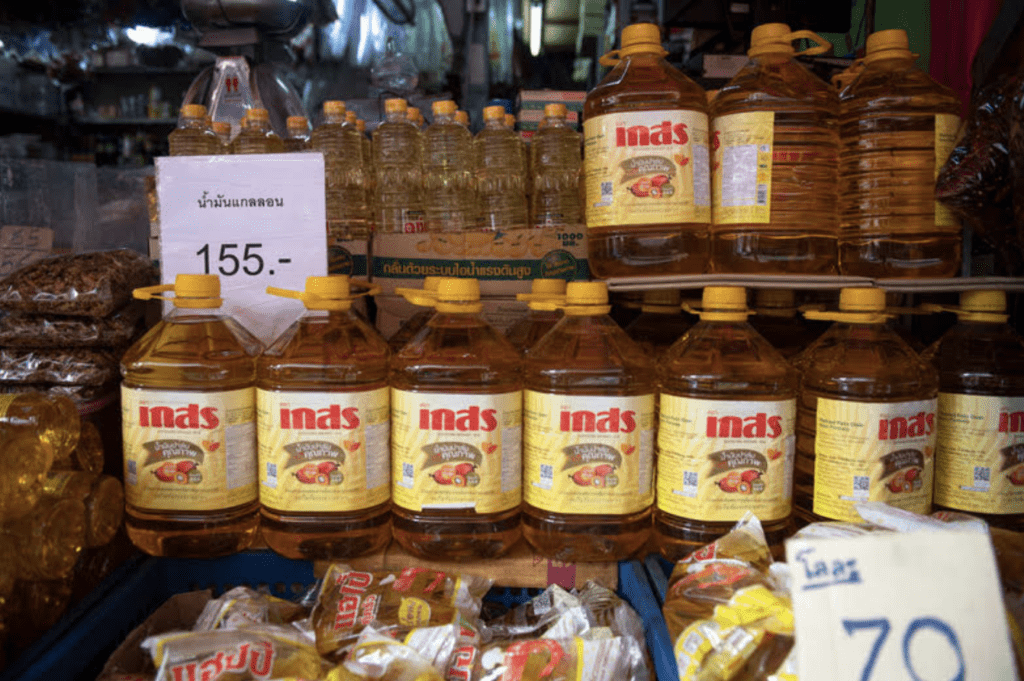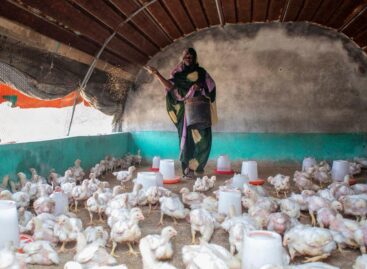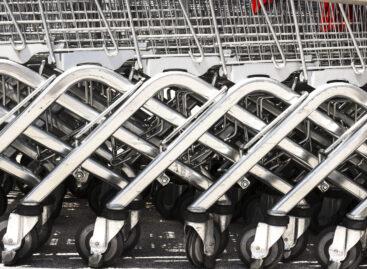FAO food price index rose slightly in June due to higher prices of meat, dairy products and vegetable oils
The Food and Agriculture Organization of the United Nations (FAO) reported on Friday that the world food commodity price index rose slightly, by 0.5%, in June. While international quotations of cereals and sugar fell, this was offset by increases in the prices of dairy products, meat and vegetable oils.
 The FAO food price index – which tracks monthly changes in the prices of the most important food commodities in international trade – closed 5.8% higher in June than a year earlier, but remained well below the historical peak reached in March 2022.
The FAO food price index – which tracks monthly changes in the prices of the most important food commodities in international trade – closed 5.8% higher in June than a year earlier, but remained well below the historical peak reached in March 2022.
The FAO cereal price index was 1.5% lower in June compared to the previous month. World maize prices fell sharply for the second month in a row due to ample supplies from Argentina and Brazil. Sorghum and barley prices also fell. In contrast, wheat prices rose on weather concerns in some regions of the European Union (EU), Russia and the United States. International rice prices edged down slightly, mainly due to weaker demand for indica varieties.
Vegetable oil prices rose by 2.3% compared to May, mainly due to higher palm, soybean and rapeseed oil prices. Palm oil quotations rose by almost 5% on buoyant global demand. Soybean oil prices also rose, partly due to increasing demand for biofuels in Brazil and the United States, as well as higher prices for South American soybeans, driven by strong international demand. Rapeseed oil prices rose on tight global supply prospects, while sunflower oil prices fell on better production prospects in the Black Sea region.
The FAO Meat Price Index rose 2.1% in June, reaching a new historical high. International prices for beef, pork and sheepmeat all increased, while poultry prices fell further.
The FAO Dairy Price Index rose 0.5% in June compared with the previous month. Butter prices reached a new record high, reflecting tight supplies in the Pacific and Europe and strong demand in Asia. Cheese prices rose for the third consecutive month, while skimmed and whole milk powder prices were lower due to subdued global demand and ample supply.
The FAO Sugar Price Index fell 5.2% compared with May, marking its fourth consecutive monthly decline, reaching its lowest level since April 2021. The decline is driven by better production prospects in Brazil, India and Thailand, where favorable weather and expanded acreage are forecast to lead to higher yields.
Related news
FAO: International food prices have been declining since September
🎧 Hallgasd a cikket: Lejátszás Szünet Folytatás Leállítás Nyelv: Auto…
Read more >FAO-Ministry of Agriculture Scholarship Program Continues
🎧 Hallgasd a cikket: Lejátszás Szünet Folytatás Leállítás Nyelv: Auto…
Read more >FAO: 2026 is the International Year of Rangelands and Pastoralists
🎧 Hallgasd a cikket: Lejátszás Szünet Folytatás Leállítás Nyelv: Auto…
Read more >Related news
Christmas shock in commerce: for the first time, we can pay with bank cards in fewer places
🎧 Hallgasd a cikket: Lejátszás Szünet Folytatás Leállítás Nyelv: Auto…
Read more >Hungarian Confectionery Manufacturers Association: trends in 2025 and prospects for 2026
🎧 Hallgasd a cikket: Lejátszás Szünet Folytatás Leállítás Nyelv: Auto…
Read more >Most grocery chains will be open until noon on December 24th
🎧 Hallgasd a cikket: Lejátszás Szünet Folytatás Leállítás Nyelv: Auto…
Read more >






